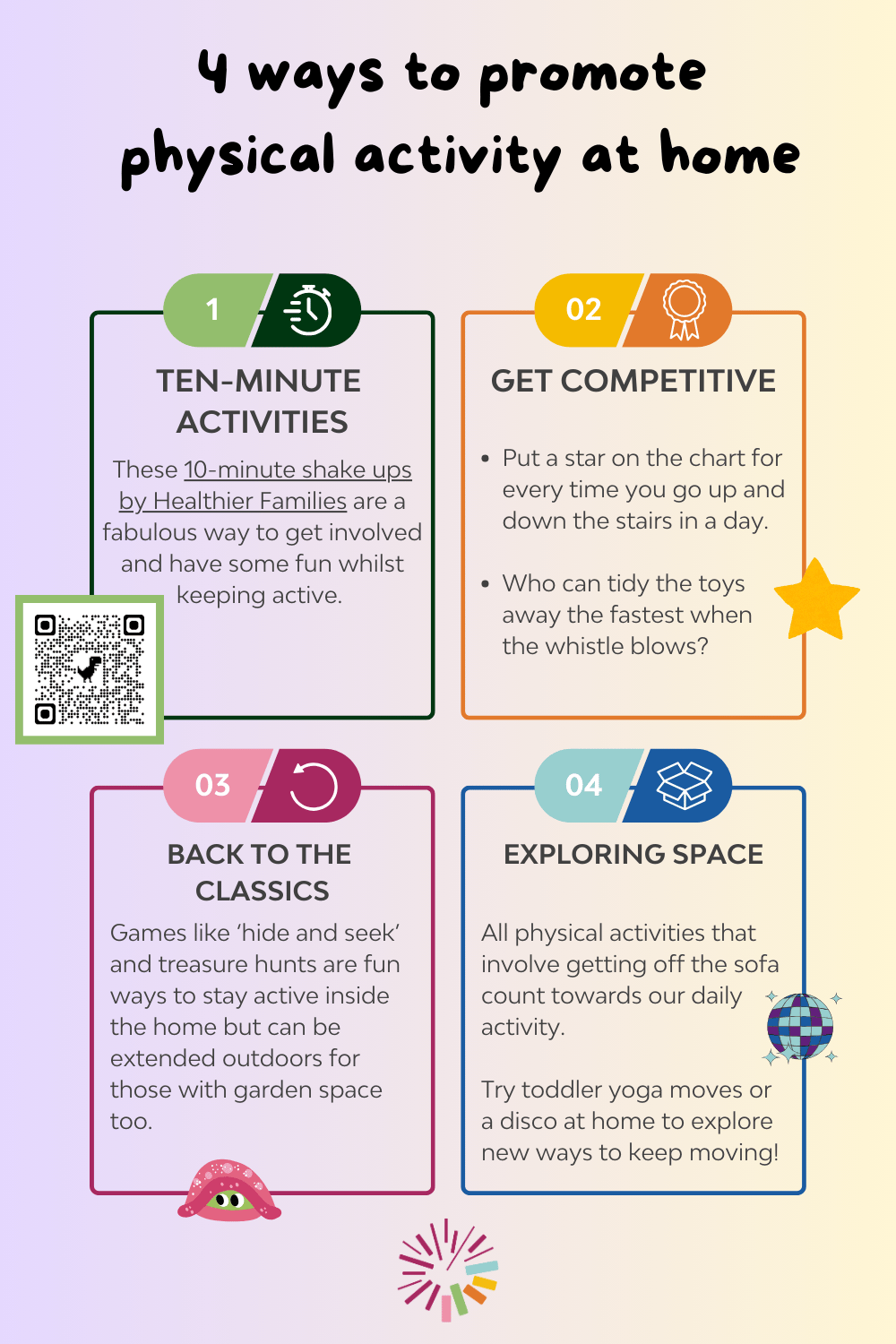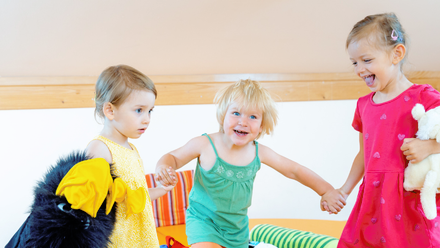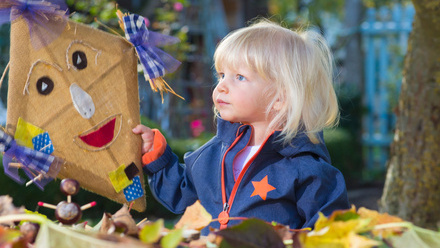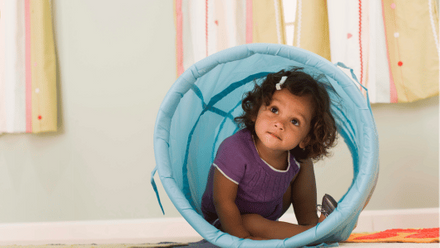4 ways to promote physical activity at home
Listen to this article on the go.
Being active is a core part of leading a healthy lifestyle, into old age. Physical movement has a wide range of benefits that span across all aspects of leading a healthy lifestyle – from protecting against the risk of developing health problems later in life to supporting our sleep hygiene and mental health.
Parents and carers are a child’s first role models and the home learning environment is proven to be the most impactful when it comes to cognitive and socio-emotional outcomes. The same is true for the development of a healthy lifestyle. The home learning environment is the place in which children spend the majority of their time during their early years, which is partly why it has such a profound impact on a child’s early development.
Children under five are recommended to engage in at least three hours of physical activity every day so it makes sense that the home learning environment is also the space where a lot of this movement takes place. Let's take a look at some of the ways to support parents and carers to encourage getting active at home!
Getting active at home
Ten-minute activities
A wonderful way to get moving throughout the day, ten-minute activities are an accessible way to support children with high-intensity bursts of activity.
These 10-minute shake ups by Healthier Families are a fabulous way to get involved and have some fun whilst keeping active.
Get competitive
Sustain physical activity throughout the day by introducing an extended challenge!
- Put a star on the chart for every time you go up and down the stairs in a day.
- Who can tidy the toys away the quickest when the whistle blows at various times throughout the day?
Back to the classics
Rainy day activities like ‘hide and seek’ are safe and fun ways to stay active inside the home but can be extended outdoors for those with garden space too. Games like ‘hide and seek’ or a classic treasure hunt can be fun ways to develop inquiry skills as well as encouraging movement.
Exploring space
All physical activity of any intensity counts, and exploring our spatial awareness is another aspect of understanding movement and our bodies.
Activities that involve getting through small spaces, like crates and boxes, or exploring new movements all count towards our daily activity. Toddler yoga sessions can be easily accessed online to offer visual guidance for calming activity. Similarly, dance music and disco time offer a pumped-up version that allows us to move in different ways.
Physical activity should take place in every environment for every child. From running in the park to climbing in the washing basket, children are inherently curious and willing to find new ways to get to their next place! Encouraging physical activity is an important part of working in early education and care but we also hold a duty to support parents and carers to keep the movements flowing at home.






